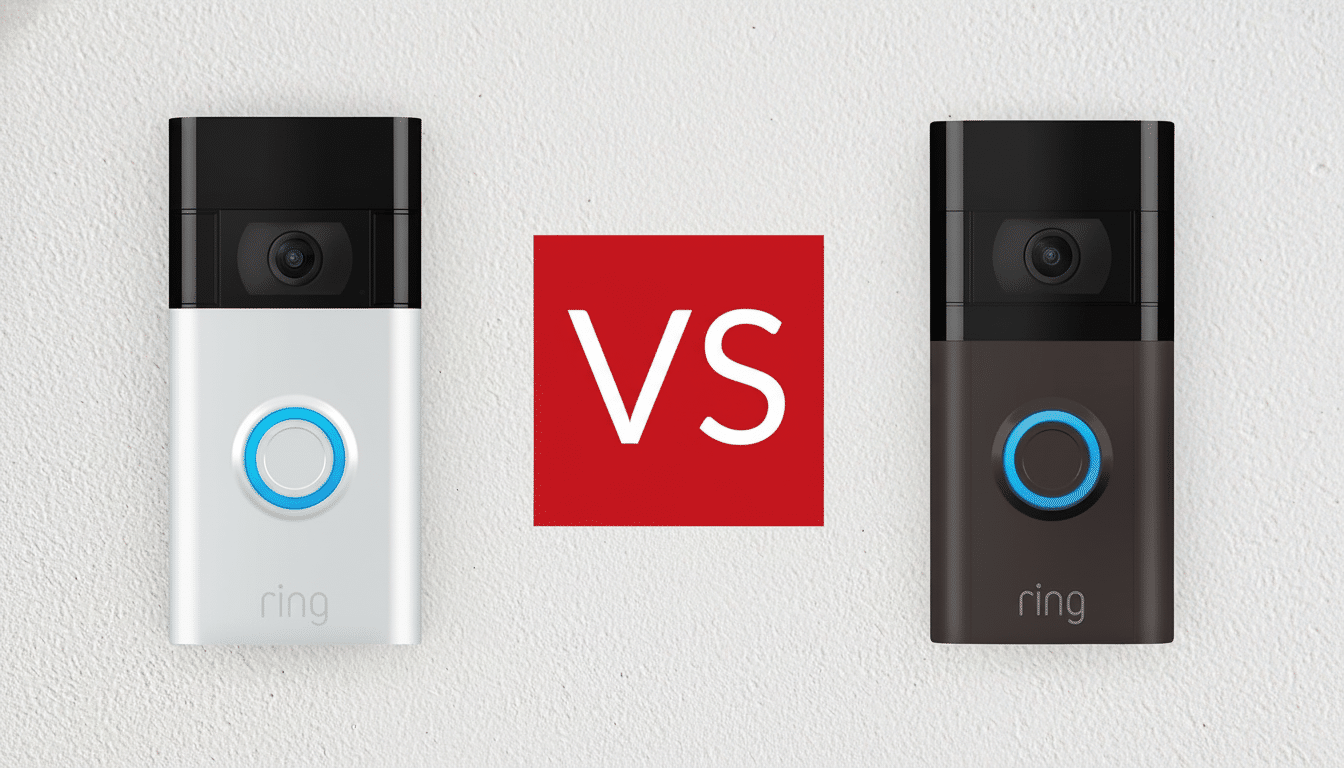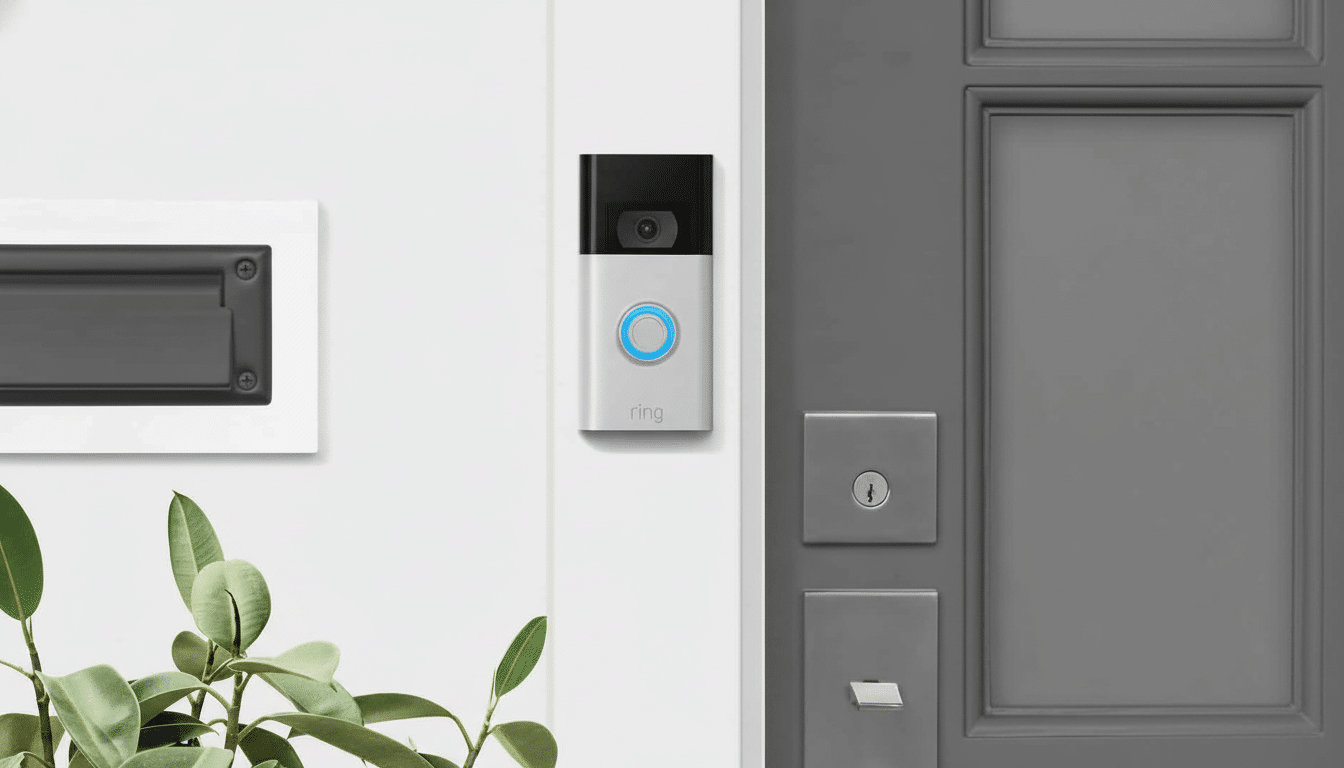The Oura Ring is moving past sleep and readiness scores, launching a Cumulative Stress feature and research that could signal sustained high blood pressure risk – a remarkable pivot into stress physiology and cardiovascular trends that leverages established scales and real-world data to translate subtle biometric shifts into actionable suggestions.
How Oura’s new stress tools score long-term load
Cumulative Stress distills multiple signals—sleep continuity, heart stress response, sleep micromovements, temperature regulation, and activity impact—into a long-term score designed to demonstrate how your body permits and recovers from pressure. The model is validated against standardized measures, including the Perceived Stress Scale and the Copenhagen Burnout Inventory, two instruments regularly used in occupational and clinical research, according to Oura.
- How Oura’s new stress tools score long-term load
- Sensors and science behind stress and recovery signals
- App redesign emphasizes key metrics and personalized trends
- Oura begins blood pressure profile study with clinicians
- Why stress and blood pressure matter for public health
- What to watch next as features and studies roll out

Oura unveiled its Second Generation Ring in September, and the new sensors and signal features influence the model as well. In accordance with Oura’s messaging, the new feature “doesn’t promise to ‘reduce stress.’” Rather, stress patterns that the user may influence are highlighted.
For example, the score may rise if you stack fatiguing travel with a late workout and brief time in bed, but it will drop if you keep a consistent wind-down bedtime routine, or move around gently when possible. The app also includes a Stress Management view that integrates Daytime Stress, Resilience, as well as the new Cumulative Stress into one dashboard so consumers can see how acute responses correspond to longer-term load.
Sensors and science behind stress and recovery signals
Under the hood, it uses photoplethysmography to monitor heart rate and variability, skin temperature trends, and accelerometer data. Research synthesized in the Journal of Medical Internet Research and Frontiers in Physiology shows that HRV and sleep fragmentation are very strong correlates of perceived stress, with major individual variances and contextual dependency. Oura’s long-term scoring is meant to capture this sense.
App redesign emphasizes key metrics and personalized trends
Oura’s iOS and Android app will get a completely new look that emphasizes signal over noise. The Today tab makes it easy to find the most important scores and insights right away. The My Health tab reorganizes weeks and months of information into strengths, trends, and potential red flags you should be aware of. A new Habits and Routines screen visualizes daily behaviors that affect sleep and stress, making it easy to see what actually helps you recover. A Vitals view merges the core aspects of sleep, stress, and cardiovascular trends into one for fast scanning. The upgrade will be available soon, according to the company.

- The Today tab surfaces the most important scores and insights.
- The My Health tab groups strengths, trends, and potential red flags.
- Habits and Routines visualizes daily behaviors that affect sleep and stress.
- The Vitals view merges core sleep, stress, and cardiovascular metrics for quick scans.
Oura begins blood pressure profile study with clinicians
Oura is starting a Blood Pressure Profile study with a limited group of ring owners in pursuit of these long-term aspirations, with the aid of clinicians and the Food and Drug Administration on research approaches. The study will collect demographic information, medication use, and family history in order to train and test models that could find behaviors and biometrics associated with long-term high blood pressure.
The goal is not an on-demand blood pressure reading, but a risk-oriented signal that triggers a cuff measurement or a conversation with a clinician. That nuance matters. Cuffless blood pressure estimation remains one of wearables’ hardest problems because PPG-based pulse wave analysis varies by physiology, skin tone, temperature, and movement. Any consumer-facing feature will need comprehensive clinical validation against accepted protocols from groups such as AAMI, ESH, and ISO. Context helps: Samsung enables cuff-calibrated blood pressure on its watches in select regions, Withings sells FDA-cleared upper-arm cuffs for clinical-grade readings, and several startups are pursuing cuffless techniques in rings and earbuds. Oura’s approach—continuous, real-world data with a focus on risk patterns—fits its sensor profile and could complement, not replace, traditional cuffs.
Why stress and blood pressure matter for public health
Hypertension is both common and underdiagnosed. The Centers for Disease Control and Prevention estimate that about 48% of U.S. adults have high blood pressure, and roughly one in five don’t know it. The American Heart Association links hypertension to hundreds of thousands of deaths annually, often via stroke and heart disease. Chronic stress can exacerbate blood pressure through sustained sympathetic activation, poor sleep, and behavior changes like lower activity and higher alcohol intake.
What to watch next as features and studies roll out
The stress features and app redesign are on the horizon, with blood pressure research enlisting participants soon after. As always, these tools are not advice. The most validated way to confirm hypertension is a properly validated cuff reading, ideally from a clinical environment or an at-home device that regulators have cleared. If Oura can show that passive signals longitudinally and robustly signal increased risk—and do so over ages, skin tones, and health states—it would be a step toward wearable health. For now, the news is practical: monitor the stress you can see, test the behaviors that improve your recovery, and use a cuff to confirm what matters.

